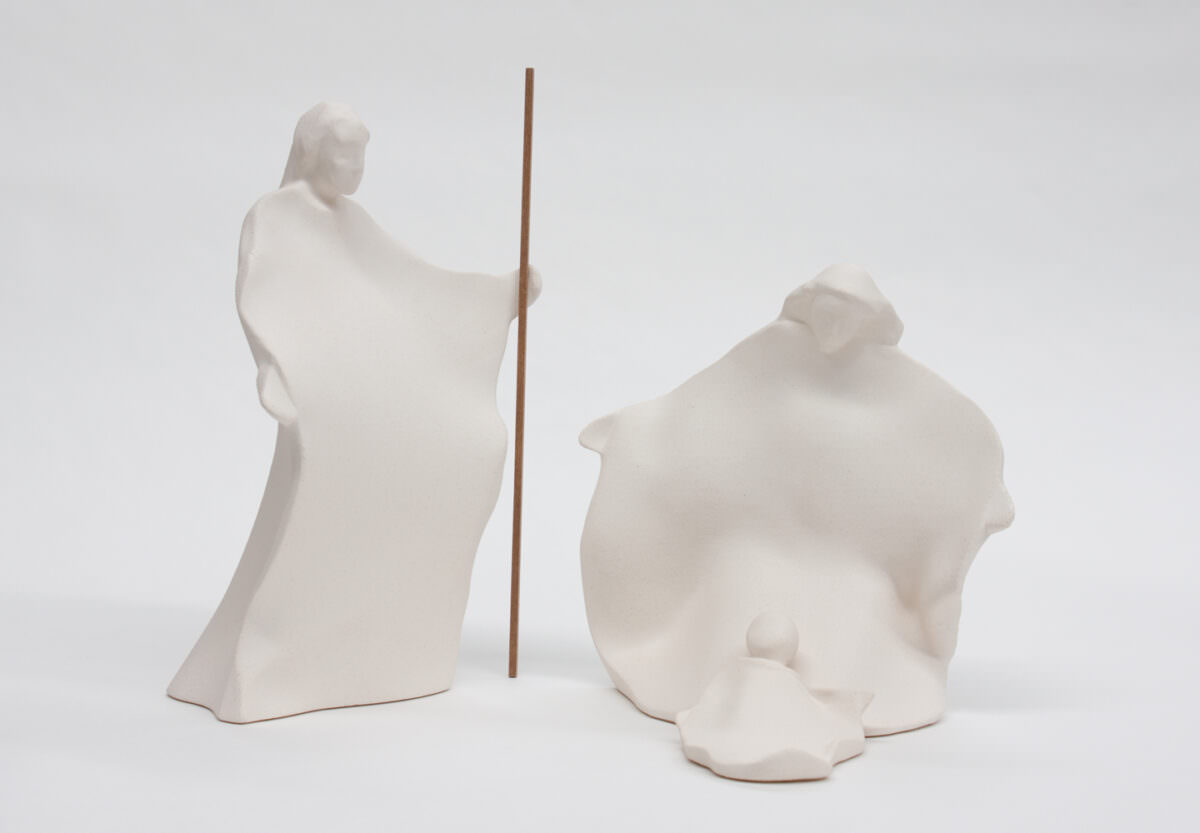Originally Italian, the custom of setting up the nativity scene is now widespread in all the Catholic countries of the world. But how did it start?

Originally Italian, the custom of setting up the nativity scene is now widespread in all the Catholic countries of the world. But how did it start?
The nativity scene is a representation of the birth of Jesus. Since the first century A.D., it was remembered with simple drawings found in the catacombs.
As a living re-enactment, it originated at the time of Saint Francis of Assisi who in 1223 created the first representation of the birth of Jesus Christ in Umbria. He returned from Palestine and, struck by his visit to Bethlehem, wanted to recall the Nativity in a place, Greccio, which he found similar to the Palestinian city.
Artistically, it was developed mainly in Tuscany, in the fifteenth century when some masters of Italian painting depicted nativity scenes.
The pictorial tradition was then followed by the three-dimensional representation set up for the Christmas holidays. It soon went from the purely artistic field to the popular, especially within churches. The nativity scene spread in the houses; in Naples a real competition between families over those who owned the most beautiful and luxurious “crib” started.
The tradition is still alive today, with the scenes being set up in different technological ways; sometimes using statuettes in traditional materials, such as wood, terracotta, clay. This is the case of Centro Ave Ceramica which, combining tradition and beauty, gives life to unique products to take to our homes to fully experience the Christmas atmosphere.

